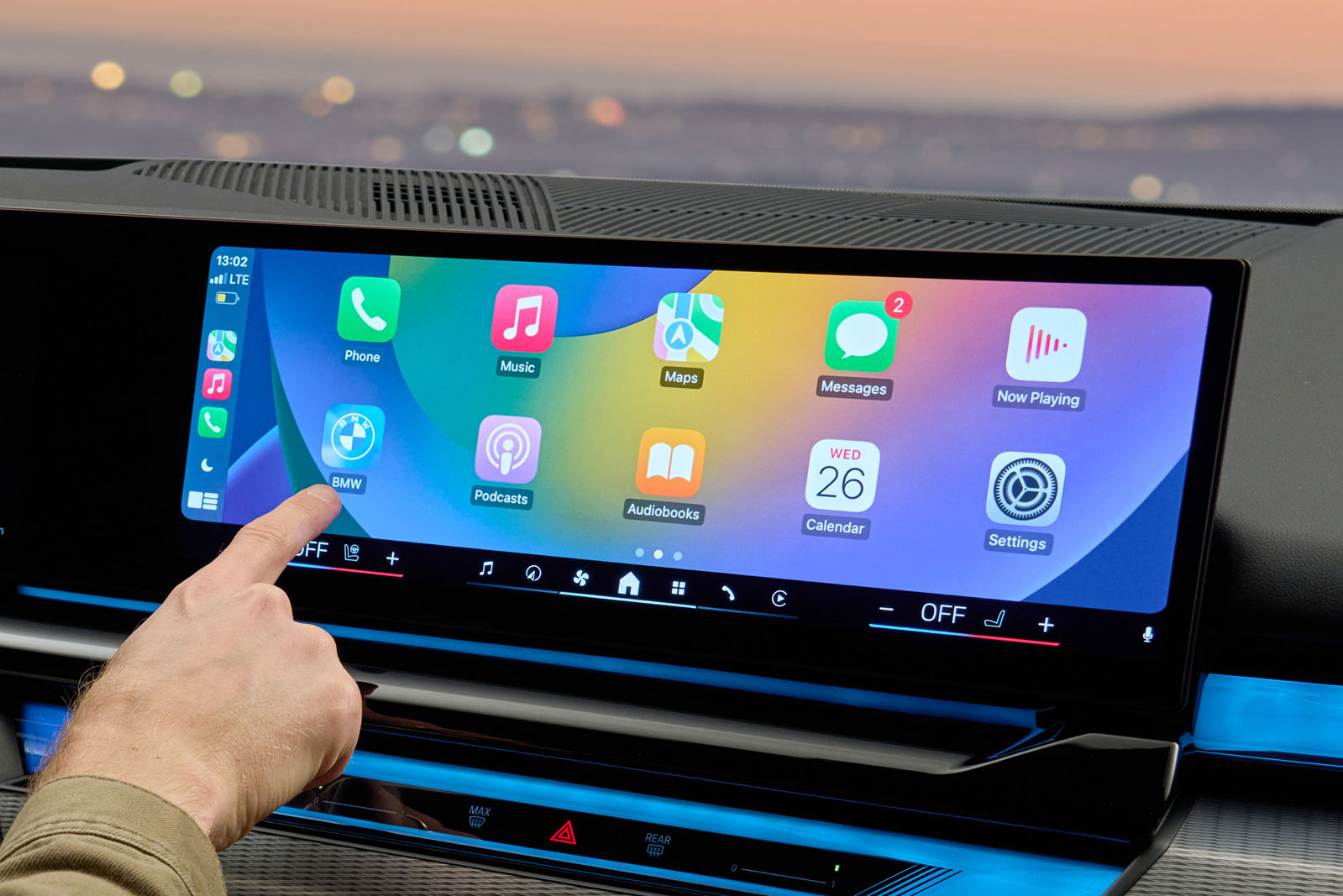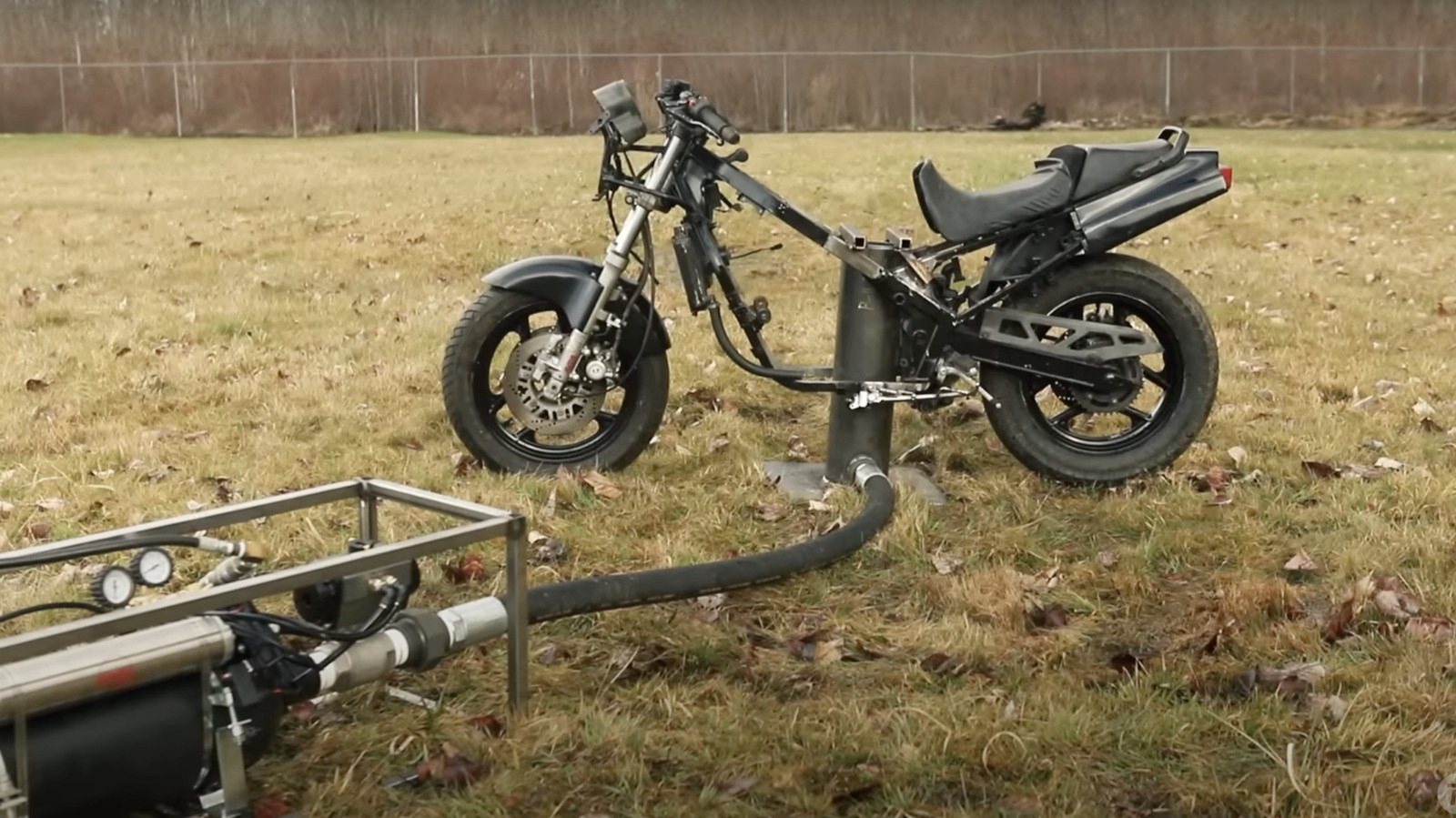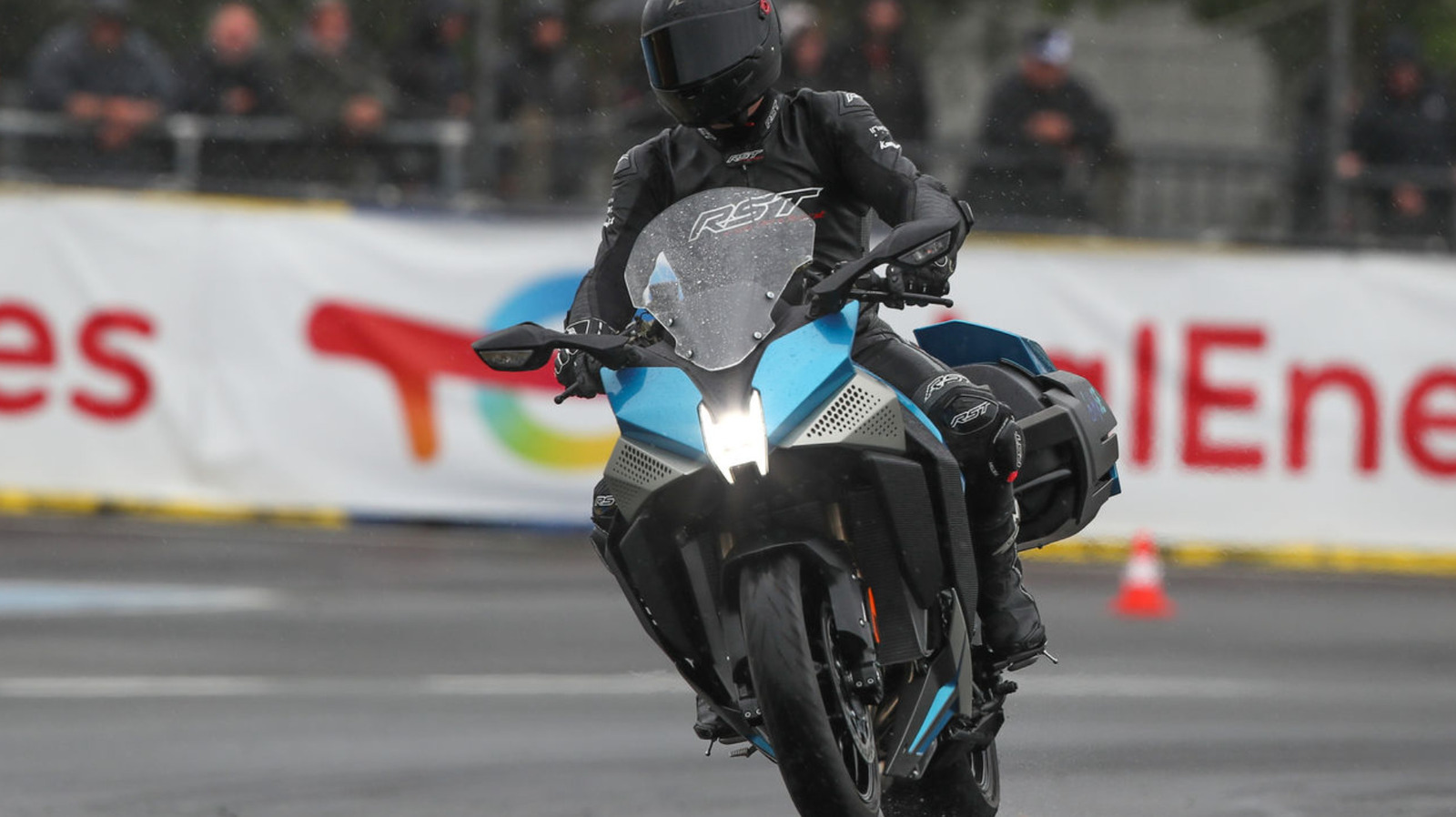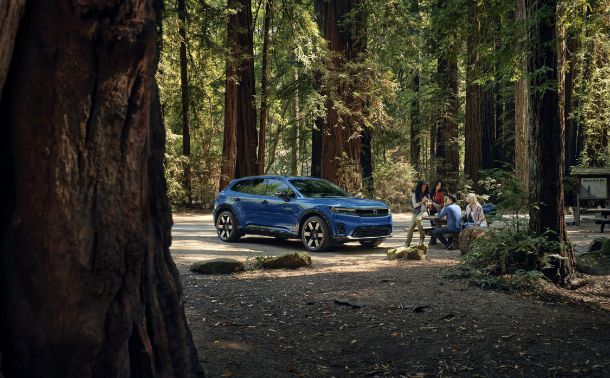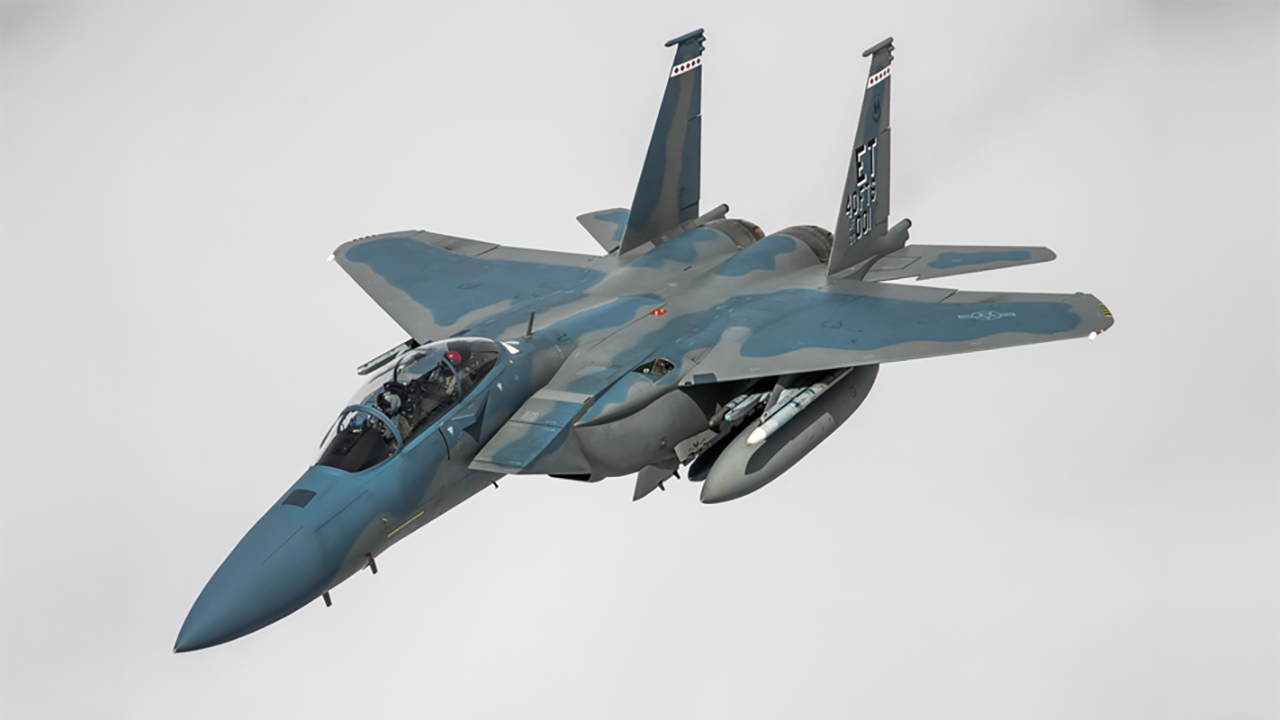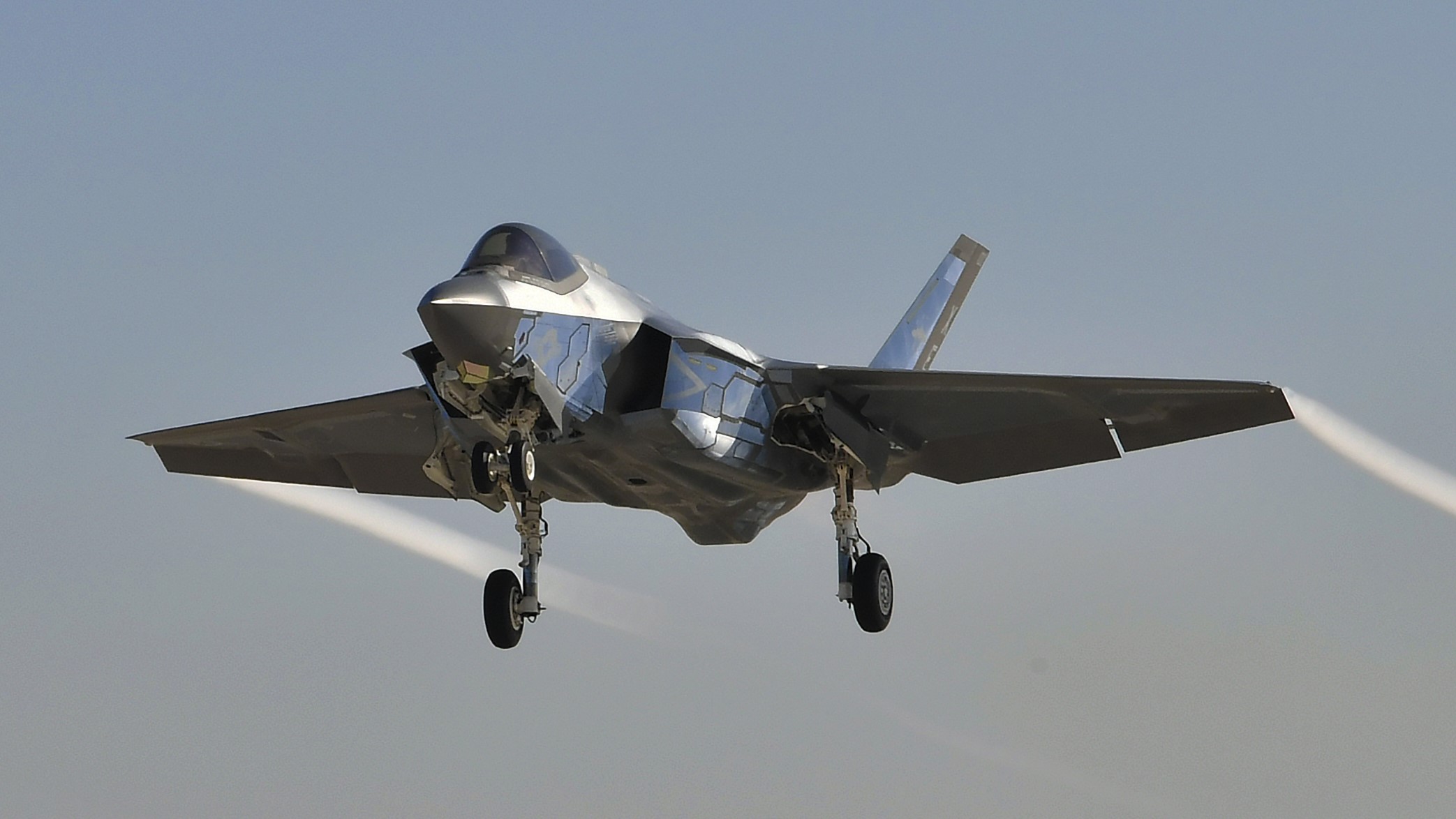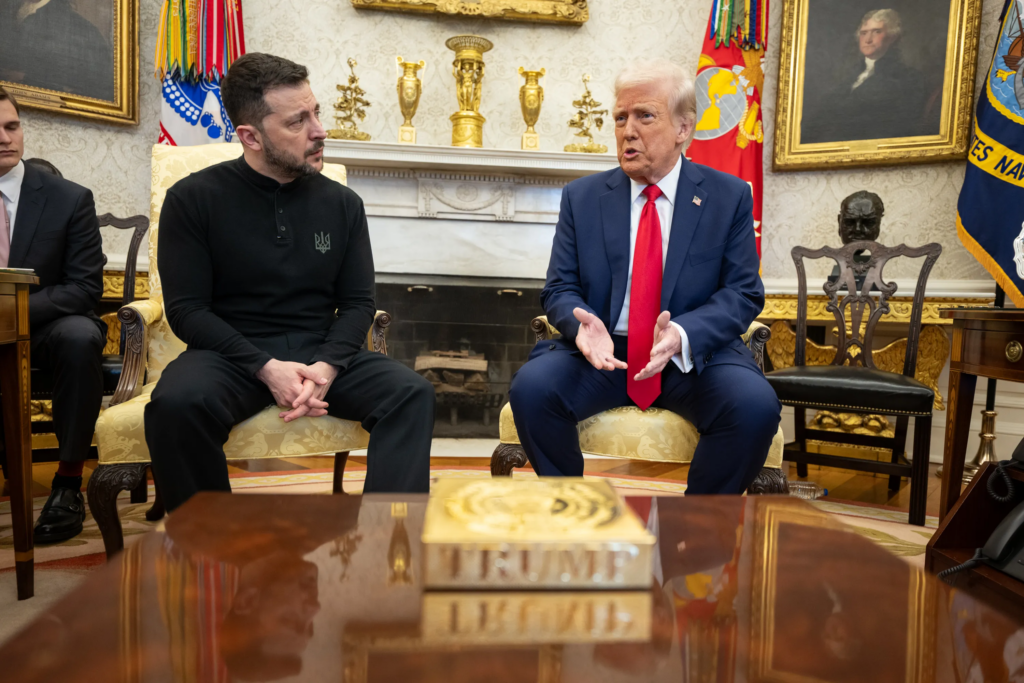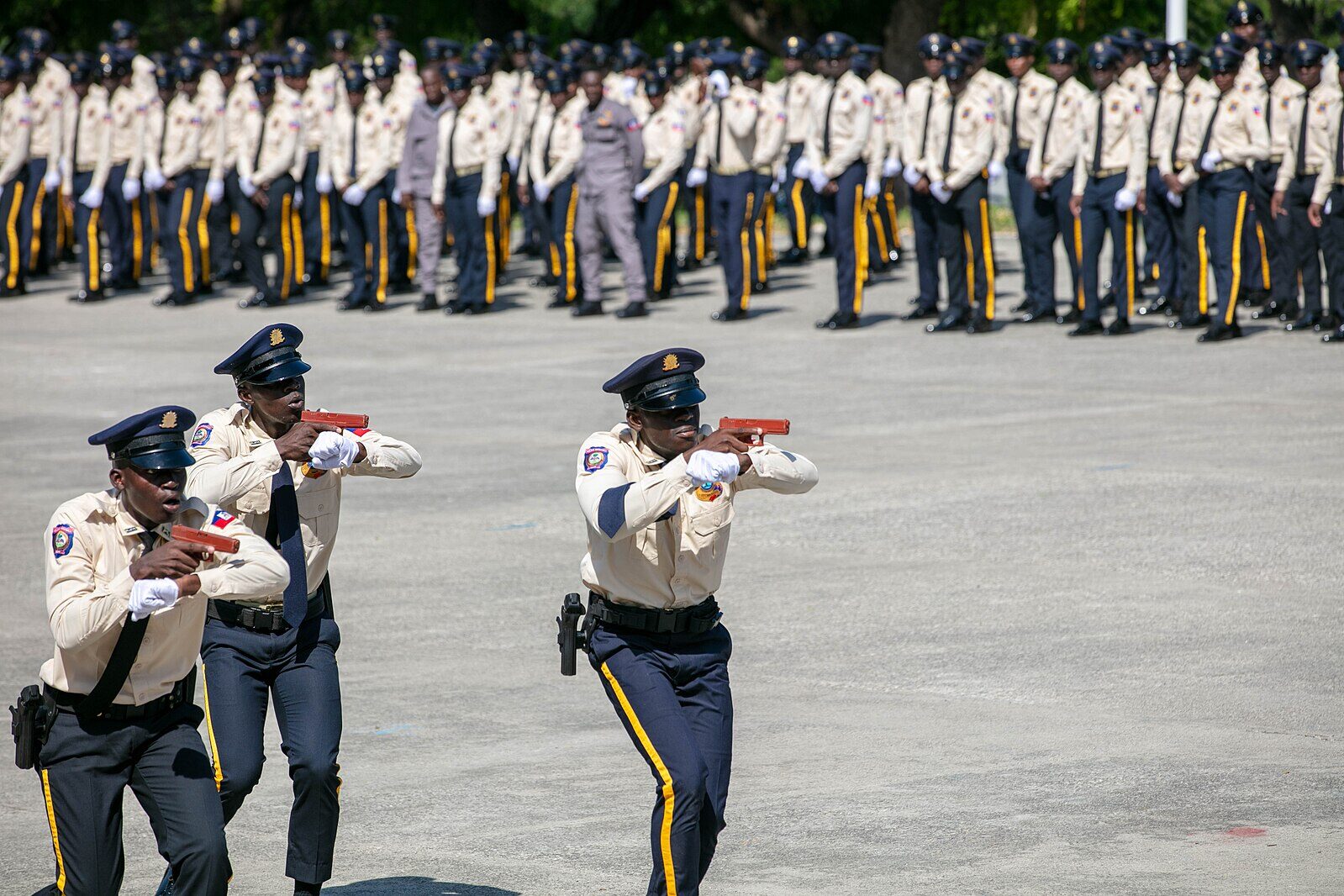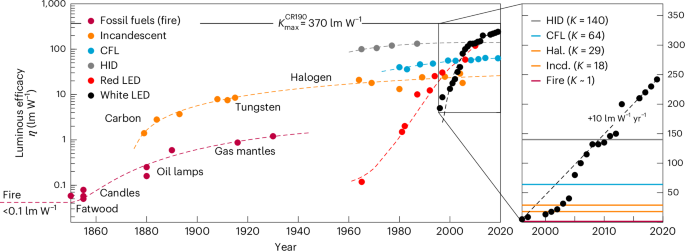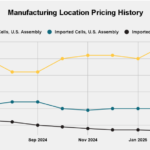Marines special ops focus on data at the edge, FPV drones in the air and AI on the way
The battlefield may be more complex than ever, but if a war breaks out, MARSOC’s commander said frontline fighting will be “rough and brutal” like WWII.


US Marine Corps Sgt. Ediberto Ponce, an intelligence chief with Headquarters Battery, 11th Marine Regiment, 1st Marine Division, tracks an RQ-20B Puma on a laptop during a training exercise at Marine Corps Base Camp Pendleton, California, Sept. 21, 2020. (U.S. Marine Corps photo by Lance Cpl. Isaac Velasco)
MODERN DAY MARINE 2025 — As the mission for Marine Forces Special Operations Command evolved from counter-terrorism (CT) to more of a supporting role for the joint force in the case of large-scale combat operations, operators realized “very quickly” they had a problem: data.
“So you have data that is at the forward tactical edge, and you need to get to a decision-maker. And so regardless of how we’re collecting that data … somebody has to fill that gap to fuse it into a picture that a decision-maker can understand in order to authorize a lethal capability or non-lethal capability,” Lt. Col. Matthew Deffenbaugh said.
One solution, he said, is to do as much data “fusion” and analysis at the edge as possible, sending back smaller data packages that more quickly put enemy targets at risk.
“One thing that we can do because of our size — that is really hard to scale — is push that intelligence fusion to the lowest tactical level … to be able to put [lower level officers] out on the tactical edge and enable them with the intelligence and communications capabilities to fuse all that data,” Deffenbaugh said.
MARSOC is hardly the only US military organization learning to swim in the new deluge of data at the tactical edge. The collection, synthesis and analysis of the info is the backbone of the Pentagon’s sprawling Combined Joint All-Domain Command and Control effort.
It’s also not the only cutting edge technology MARSOC is racing to incorporate into its operations, according to other MARSOC panelists appearing at Modern Day Marine today in downtown Washington, DC.
First-person-view (FPV) drones, Col. Shane Edwards said, are MARSOC’s “latest venture,” as they appear to be for just about every military, paramilitary and non-state actor in the world.
“FPV is the thing that everybody talks about,” he said. “We see it all over the place. [The] technology is ubiquitous across the board.”
Maj. Gen. Peter Huntley, MARSOC commander and a fellow panelist, said, “One thing I think that everybody recognizes, but we have all seen that the operating environment, whether you’re talking at the operational level or whether you’re talking at the tactical level, is evolving incredibly fast right now.”
“We’re operating in some of the most remote corners of the world right now, and we’re seeing that our adversaries […] just have incredible capabilities,” he said. “They said they have FPVs, right? They have the ability to sense you. They have the ability to hit you from a distance.”
It’s a capability MARSOC is pursuing itself, part of a small-drone effort that includes loitering munitions, which Huntley told reporters after the panel have already been integrated into the force. He teased a coming “breakthrough” seemingly related to getting smaller unmanned platforms — not just aerial ones — to the squad or individual level, but didn’t comment further.
During the panel, Edwards said the use of small robots has been a “gamechanger” in modern combat and so has artificial intelligence. Speaking to reporters, Huntley said MARSOC is getting on board with AI because it’s “coming, one way or the other.”
For his troops, Huntley said a key use of AI is in data aggregation.
“The automation of the intelligence cycle, and how to be at the cutting edge of that?” he said. “Because … that’s going to drive speed of your [decision making]. So if you’re a slow adapter on that front, you’re going to find yourself on the wrong side of that equation, and that’s not a good place to be, right?”
Still, with all the data, drones and digital revolutions at play, Huntley said that if a war breaks out in the Pacific, the battlefield may be more complex than ever, but also disturbingly familiar.
“For the people that are going to be in the fight at the tactical edge, it’s going to be very similar to what our grandfathers saw in the Pacific campaign,” he said. “It’s going to be freaking rough and nasty and all that stuff.”



















